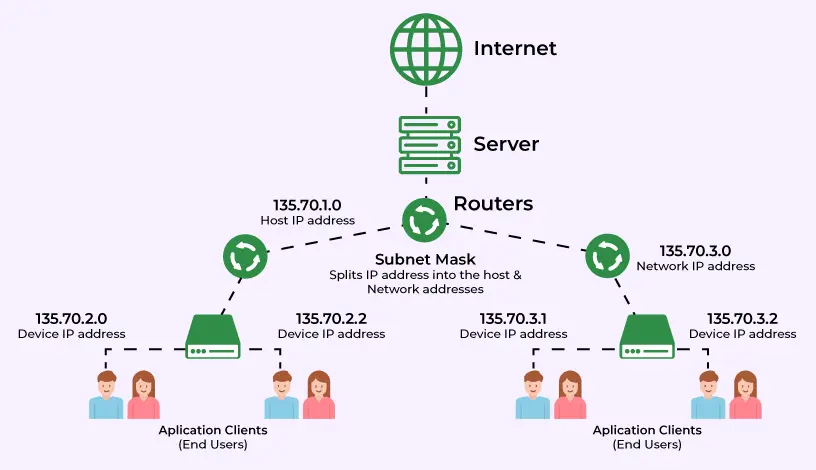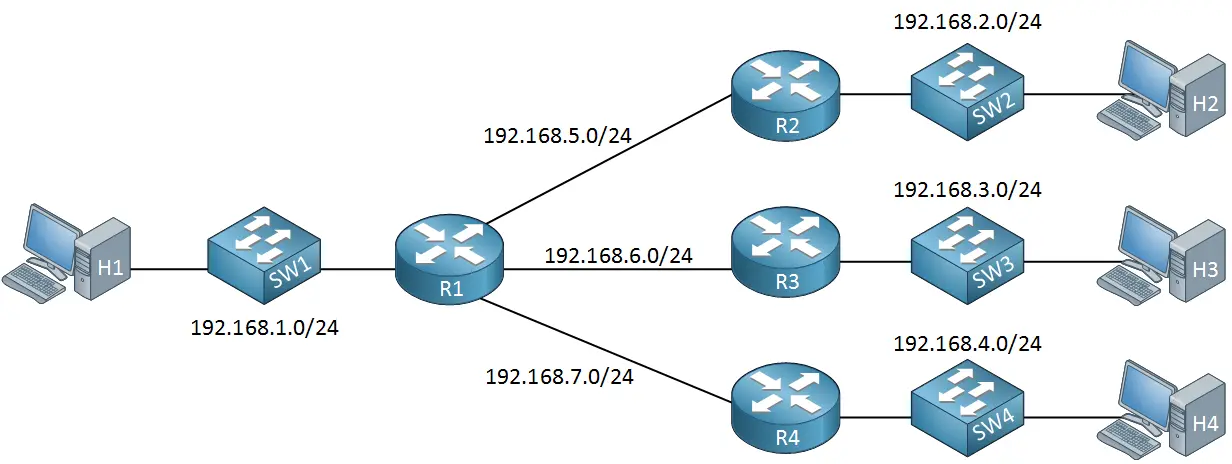Dive into the basics of networking: IP addresses, IPv4 vs. IPv6, and the essentials of subnetting. Get a visual guide to subnet masks and build a strong foundation for upcoming posts on network devices and advanced techniques!

Welcome to the first post in our Networking and Cyber Security Concepts series! In this installment, we’ll give you a basic understanding about the fundamental building blocks of networking: IP addresses and subnetting.
An IP address, or Internet Protocol address, is a numerical label assigned to each device connected to a computer network that uses the Internet Protocol for communication. It serves two main purposes: host or network interface identification and location addressing.
There are two primary versions of IP addresses: IPv4 and IPv6. IPv4, with its familiar dotted-decimal format (e.g., 192.168.1.1), has been the standard for decades. However, with the growing number of devices connected to the internet, IPv6 introduces a much larger address space to accommodate this expansion.
Subnetting is the process of dividing an IP network into sub-networks to improve performance and security. It allows for better organization of devices and efficient use of IP addresses.
A subnet mask is a 32-bit number that divides an IP address into network and host portions. It consists of binary values, often represented in dotted-decimal format like the IP address.
Now, let’s visualize this process with an example.

In this illustration, we have an IP address (192.168.1.0) and a subnet mask (255.255.255.0). The subnet mask designates the network and host portions, providing better control over the distribution of IP addresses within our network. This might be a bit confusing but don’t worry we will dive deep into the topic in our future posts.
Understanding these basics lays a solid foundation for delving deeper into networking concepts. Stay tuned for our next post, where we’ll explore essential network devices like routers and access points!
In our next post, we’ll delve into advanced subnetting techniques, understanding subnet masks in detail, finding the default gateway, and more. Get ready to enhance your knowledge of networking essentials!
About the Author: RandilT is an aspiring Fullstack developer, Undergraduate Student, and advocate for accessible coding education. Follow him for more web development tips and tutorials.